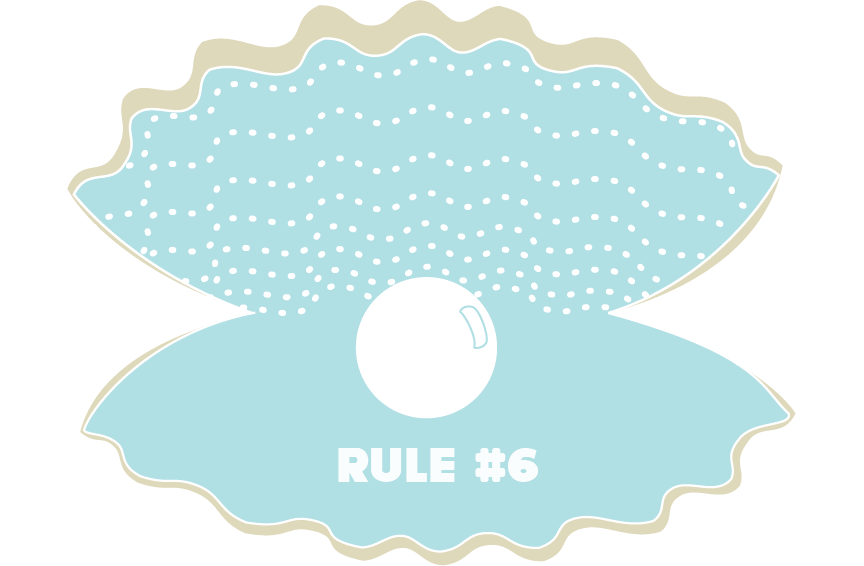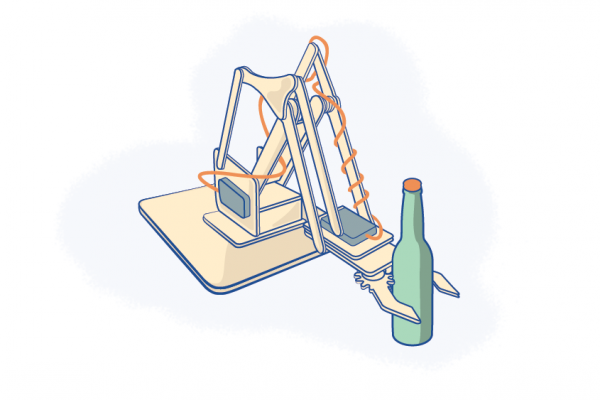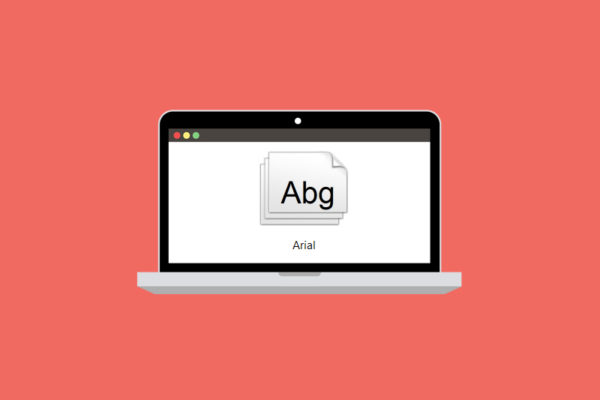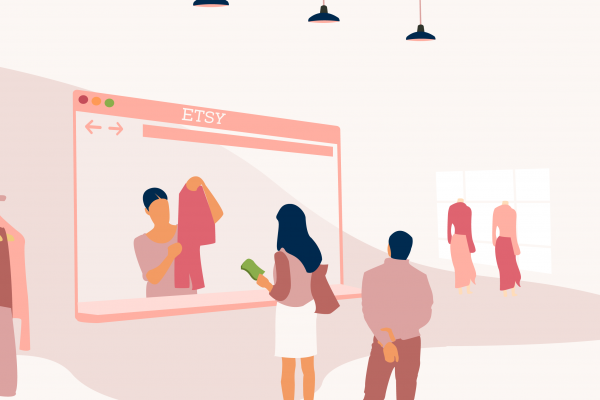Be As Open As You Can
Why not release your designs, free for all to use? I realize that for many people this seems insane, but we’re seeing more and more examples of such Open Source Hardware business models working brilliantly.
It’s what we do at DIY Drones, and here’s why: when you release your designs on the web, licensed so that others can use them, you build trust, community, and potentially a source of free development advice and labor.
We release our electronics PCB designs in their native form (Cadsofts’ Eagle format), under a Creative Commons Attribution + Share and Share Alike license (“by-sa”), which allows commercial reuse.
Our software and firmware, meanwhile, is all released under a LGPL license, which also allows for commercial reuse as long as attribution is maintained and the code stays open. The result: hundreds of people have now contributed code, bug fixes, design ideas and made complimentary products to enhance our own.
The simple act of going open source has provided us with a free R&D operation that would have cost hundreds of thousands of dollars if we’d been closed source and had to hire our own engineers to do the work, to say nothing of the quality of that work.
By day our volunteers are leading professionals in their own fields—the sort that would have been impossible to hire away. But by night, they follow their passions and do great work for us as volunteers. They do it because we’re collectively making something they both want for themselves and want to be part of, and because it’s open source they know that it will reach more people and attract more talent, creating a virtuous cycle that accelerates the innovation process far faster than conventional development can.
In short, when you go open source, you’re giving away something in hopes of getting back more in return. Is it guaranteed? No. You also need to build a community, ensure that the initial product is needed, documented and distinct enough for people to want to join in its development.
And even then, managing an open source community can be a full-time job itself. But when it works, it can be magical: An R&D model that’s faster, better and cheaper than that of the biggest companies in the world.
So needless to say, we don’t patent or otherwise restrict our intellectual property. But what if someone wants to rip us off? Well, it depends on what you mean by “rip us off.”
If someone else decides to use our files, make no significant modifications or improvements, and just manufacture them and compete with us, they’ll have do so much more cheaply than we can to get traction in the marketplace.
If they can do so, at the same or better quality, then that’s great: The consumer wins and we can stop making that product and focus on those that add more value (we don’t want to be in the commodity manufacturing business).
But the reality is that this is unlikely. Our products are already very cheap, and the robots we use for manufacturing are the same ones they use in China, at the same price. There is little labor arbitrage opportunity here.
And even if the products can be made cheaper, at the same quality, there is the small matter of customer support. Our community is our competitive advantage: They provide most of the customer support, in the form of discussion forums and blog tutorials and our wiki.
If you bought your board from a Chinese cloner on eBay and it’s not working, the community is unlikely to help—it’s seen as not supporting the team that created the product in the first place.
How will people know the difference between our products and clones allowed by our open source license?
Because the clones can’t use the same name. The only IP that we protect is our trademarks, so if people want to make the same boards, they’ll have to call them something else.
This is the same model used by the Arduino project. You can make a copycat board, but you can’t call it “Arduino” (although you can call it “Arduino-compatible”). This goes all the way to removing the logo, name and artwork from the PCB design files that are publicly distributed. It’s a great way to maintain some commercial control while still being committed to the core principles of open source.
Another core aspect of open source is that users can make the products themselves, if they want—no need to pay you for it.
That’s great for about 0.1% of the user base, and they’re often the best source of new ideas and innovation around the product. But the reality is that the other 99.9% of users would rather pay someone to do it for them, guaranteeing that it will work. That’s your business.
Rule #1: Make A Profit
Rule #2: It Takes Lots Of Cash To Stay In Stock
Rule #3: Buy Smart
Rule #4: Basic Business Rules Still Apply
Rule #5: You Get No Leeway For Being A Maker
Rule #6: Be As Open As You Can
Rule #7: Create A Community To Support And Enhance Your Products
Rule #8: Design For Manufacturability
Rule #9: Marketing Is Your Job
Rule #10: Your Second Most Important Relationship Is With Your Package Carrier




